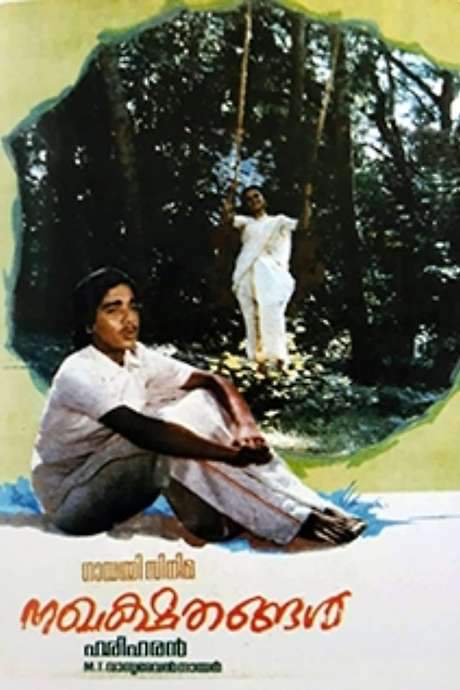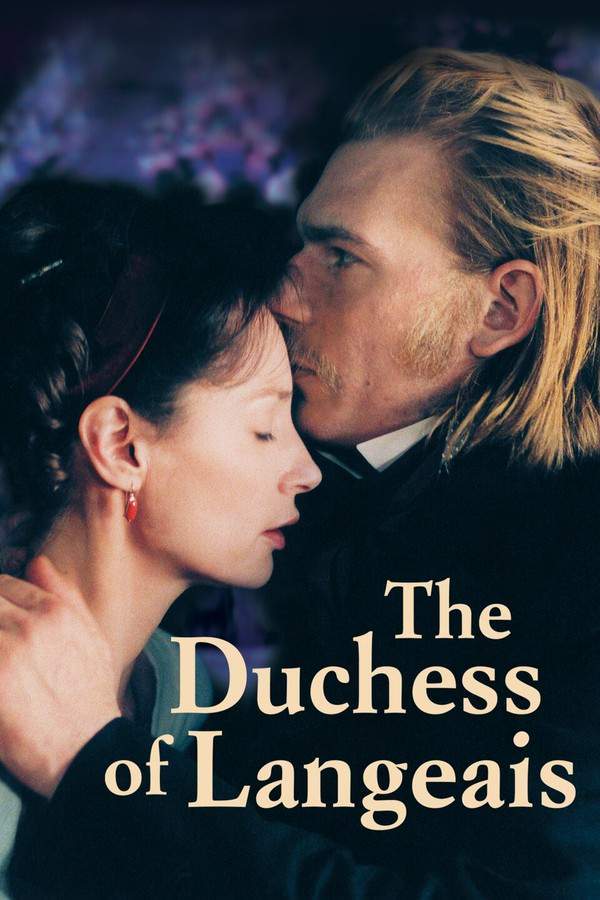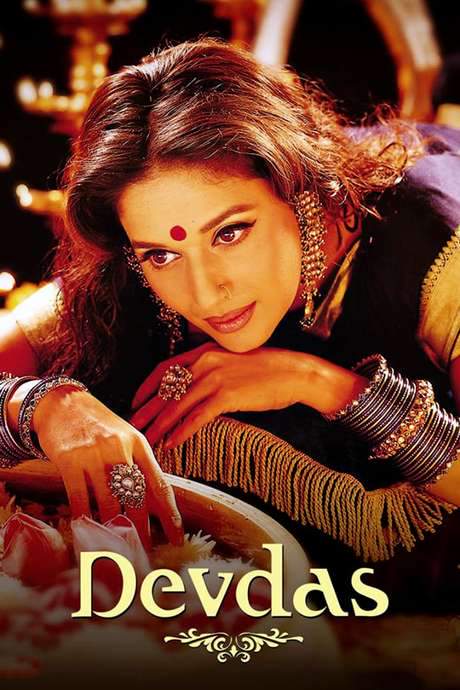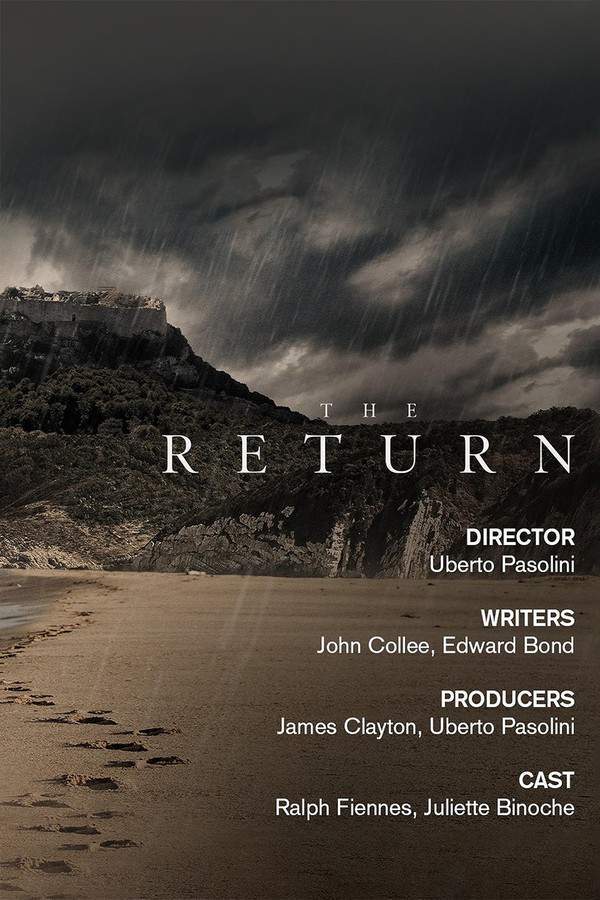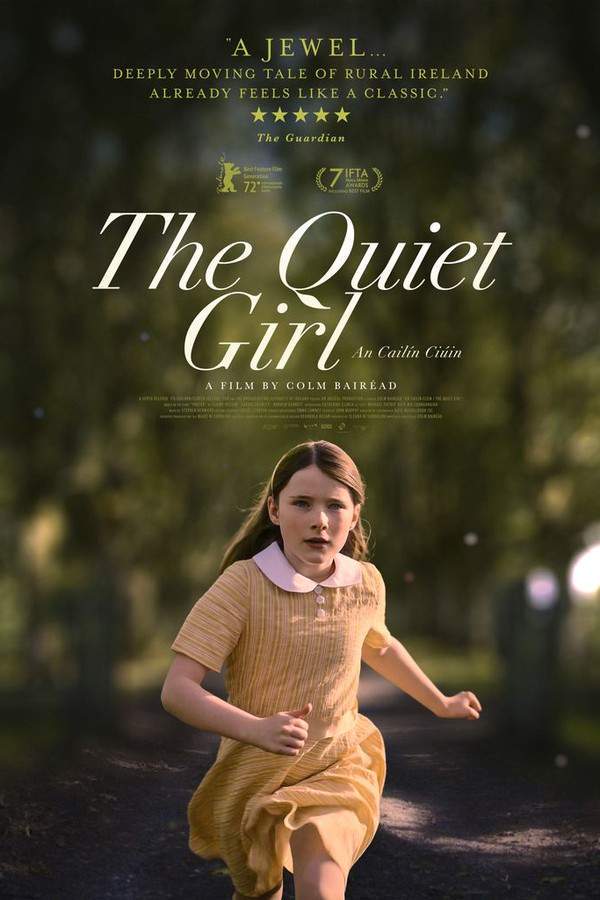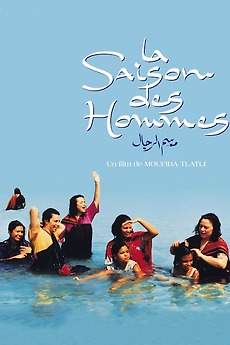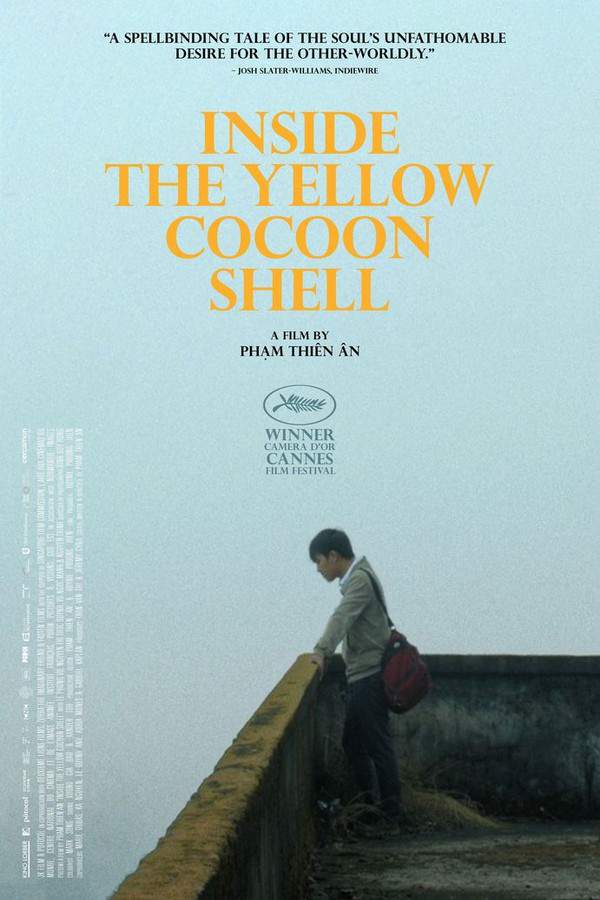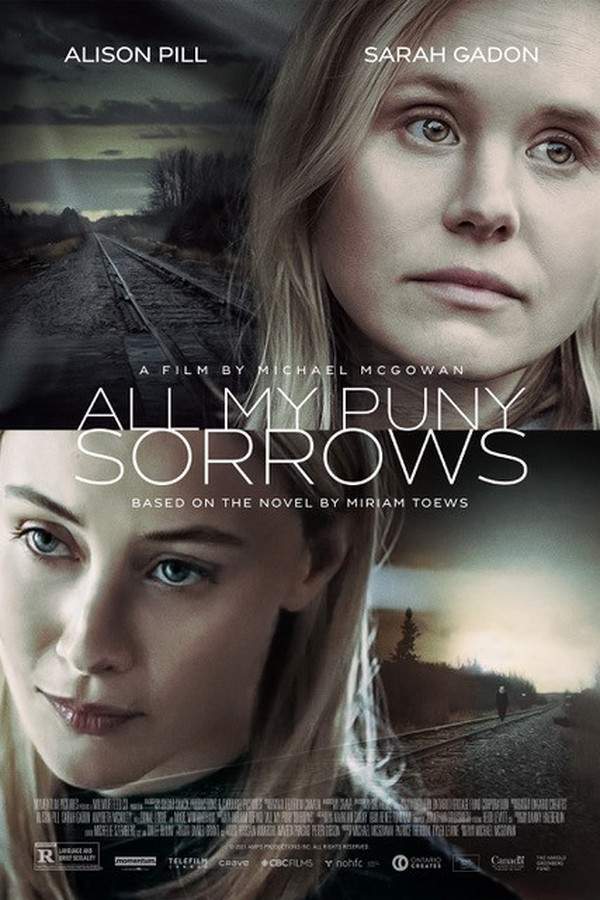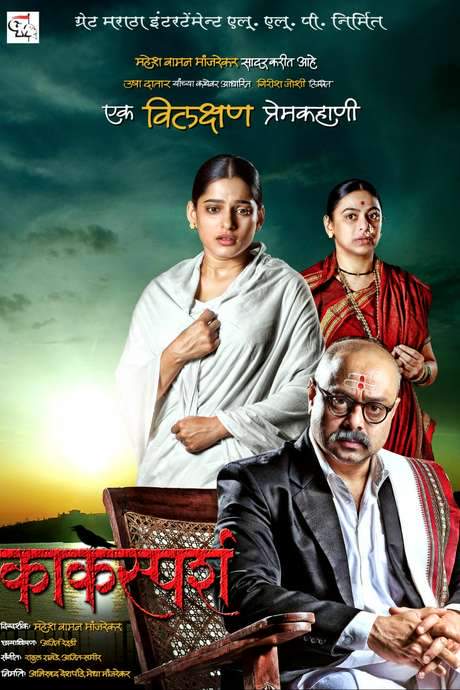
Kaksparsh
Year: 2012
Runtime: 147 mins
Language: English
Director: Mahesh Manjrekar
Uma loses her husband at a very young age and faces many hardships. The only support she gets is from her brother-in-law.
Kaksparsh (2012) – Spoiler-Free Movie Summary & Plot Overview
Get a spoiler-free look at Kaksparsh (2012) with a clear plot overview that covers the setting, main characters, and story premise—without revealing key twists or the ending. Perfect for deciding if this film is your next watch.
In the quiet, wind‑kissed village of Torgaon on the Konkan coast, tradition hangs as heavy as the monsoon clouds. A close‑knit Chitpavan Brahmin household lives under the watchful gaze of age‑old customs, where every ritual and spoken vow carries the weight of generations. The rhythm of daily life is punctuated by the sounds of temple bells, the scent of fresh incense, and the unspoken expectations that bind each family member to their prescribed role.
The family is headed by the steadfast Hari Damle, whose steady presence steadies the household through both celebration and sorrow. Beside him stands his devoted wife Tara, their children, and the ever‑watchful elder aunt, Namu Aatya. When tragedy strikes and a young bride is left a widow, the community’s ancient prescriptions threaten to strip her of identity, demanding outward signs of loss that clash with the family’s emerging sense of compassion. The young widow, Uma, finds herself at the heart of this tension, caught between the rigid expectations of her caste and the quiet, unwavering support offered by those closest to her.
Mahadev, Hari’s younger brother, once shared a bond with Uma that hints at deeper affection, while Balwant, an old family friend, becomes an inadvertent confidant in the delicate dance of unspoken feelings. As Hari’s son Sankarshan steps into adulthood and his sister Shanti seeks to understand the undercurrents of the household, the community’s gaze shifts, and the atmosphere thickens with questions of duty, love, and honor. The film’s tone is a tender blend of melancholy and hope, portraying the quiet resilience of a woman navigating the narrow corridors of tradition while the world around her subtly reshapes.
Through measured pacing and a lyrical portrait of rural life, the story invites viewers to linger on the spaces between duty and desire, offering a glimpse of how an unassuming gesture of kindness can ripple through a tightly woven society, stirring both inner conflict and quiet reverence.
Last Updated: September 26, 2025 at 04:38
Explore Movie Threads
Discover curated groups of movies connected by mood, themes, and story style. Browse collections built around emotion, atmosphere, and narrative focus to easily find films that match what you feel like watching right now.
Slow burn tragic family dramas like Kaksparsh
Emotional stories of love, duty, and sacrifice within families bound by tradition.Discover movies similar to Kaksparsh that explore the profound bonds and heartbreaking sacrifices within families. These films share a melancholic tone, slow pacing, and heavy emotional weight, focusing on stories of duty, forbidden love, and grief in traditional settings. If you liked Kaksparsh, you'll appreciate these emotionally rich and character-driven narratives.
Narrative Summary
Stories in this thread typically follow families grappling with loss, societal pressure, and forbidden affections. The narrative often builds slowly around a central moral dilemma or a tragic event, exploring the quiet suffering and sacrifices of its characters as they navigate the unyielding rules of their community or tradition.
Why These Movies?
These movies are grouped together because they share a core emotional experience: a slow, contemplative exploration of familial duty clashing with personal desire, resulting in a deeply melancholic and often tragic atmosphere. They prioritize character depth and emotional realism over plot twists.
Movies about oppressive traditions like Kaksparsh
Intimate portraits of individuals constrained by rigid social codes and rituals.If you were moved by Kaksparsh's depiction of widowhood and social duty, explore these films that similarly examine life under restrictive customs. These movies often feature characters challenging or succumbing to oppressive traditions, set against a backdrop of village life or closed societies, with a somber and emotionally heavy tone.
Narrative Summary
The narrative pattern involves a protagonist whose personal happiness is in direct conflict with the inflexible rules of their society. The story unfolds through quiet moments of tension, showcasing the subtle ways tradition dictates life, love, and grief, leading to profound personal sacrifice or tragic consequences.
Why These Movies?
These films are united by their central theme of societal oppression and its impact on the individual. They create a specific, often melancholic, mood through their setting and focus on the quiet suffering caused by rituals, duties, and unbreakable social codes.
Unlock the Full Story of Kaksparsh
Don't stop at just watching — explore Kaksparsh in full detail. From the complete plot summary and scene-by-scene timeline to character breakdowns, thematic analysis, and a deep dive into the ending — every page helps you truly understand what Kaksparsh is all about. Plus, discover what's next after the movie.
Kaksparsh Summary
Read a complete plot summary of Kaksparsh, including all key story points, character arcs, and turning points. This in-depth recap is ideal for understanding the narrative structure or reviewing what happened in the movie.

Kaksparsh Timeline
Track the full timeline of Kaksparsh with every major event arranged chronologically. Perfect for decoding non-linear storytelling, flashbacks, or parallel narratives with a clear scene-by-scene breakdown.

Characters, Settings & Themes in Kaksparsh
Discover the characters, locations, and core themes that shape Kaksparsh. Get insights into symbolic elements, setting significance, and deeper narrative meaning — ideal for thematic analysis and movie breakdowns.

More About Kaksparsh
Visit What's After the Movie to explore more about Kaksparsh: box office results, cast and crew info, production details, post-credit scenes, and external links — all in one place for movie fans and researchers.





